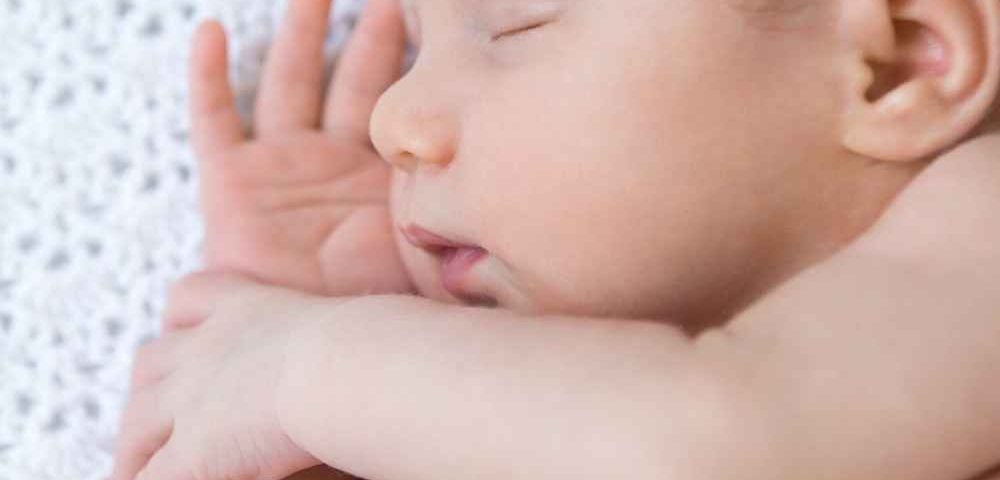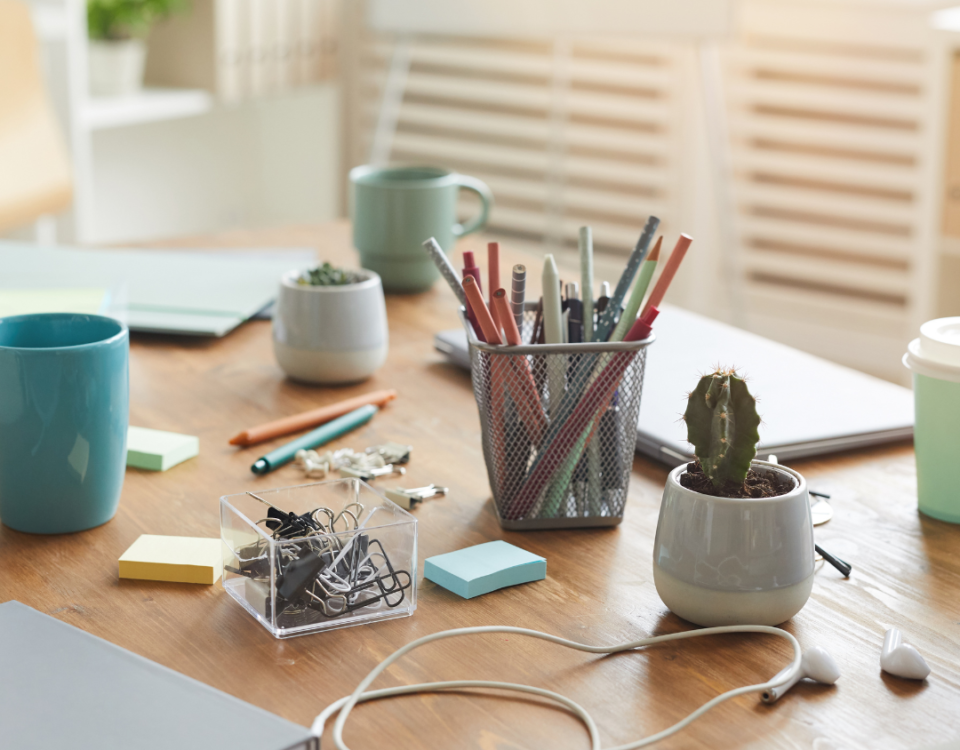This website uses cookies so that we can provide you with the best user experience possible. Cookie information is stored in your browser and performs functions such as recognising you when you return to our website and helping our team to understand which sections of the website you find most interesting and useful.

The Best Advice I Can Give You is… To Start Saving Today
15th March 2021
Finding The Perfect Venue
22nd March 20216 Tips For Keeping Your Baby Safe

*Ad-Paid. All opinions are my own.
The journey of motherhood is exciting and constantly involves days where you would have to play the role of a superhero – making sure your babies are safe and sound. By their nature, children are curious. The younger they are, the more interested they are in their surroundings, and you have little control over this. However, with so many potential dangers around them, it is expected that you would want to avoid any accidents. The questions many new mothers have include: “How can I keep my baby safe? Where do I even begin?” To help reduce your confusion and anxiety, here are a few tips you should consider for keeping your baby safe and sound.
- Ensure that the crib and nursery are safe
You may want your precious baby to be comfortable in their crib. While placing several blankets, toys, and stuffed bears may seem snuggly; it only makes it quite unsafe and uncomfortable for your baby. So, avoid overstuffing your little one’s crib by simply placing a warm blanket on them to ensure they are adequately comfortable. Be sure that the bars of the crib is not too wide for your baby to fall out of. If you think they are, you can weave a cloth between them for extra safety. You should use this baby furniture buying guide to get the right pieces of furniture to ensure they are safe within their nursery.
- Baby-proof the home
Usually, you should babyproof your home before the baby arrives. However, even if you did so, you would have to add extra safety measures as your baby becomes more mobile and independent. This is because they become more curious and are able to reach parts of the home they initially could not. Be sure to place breakables and other hazardous items on shelves your baby can not reach. Ensure their toys are accessible to them to prevent them from climbing onto high surfaces, which cause injuries.
- Buy baby-friendly toys
When shopping for toys, select those that are age-appropriate. The toys you get for your baby should not have small parts they can quickly ingest, sharp edges, or points. Pay close attention to the safety labels such as “ non-toxic” as these toys may end up in your baby’s mouth. Also, get toys that are labelled “washable.” Such toys are a safer option as they allow you to get rid of germs and prevent your baby from getting sick when they put it in their mouth.
In addition to these measures, you should also be aware of company recalls. After you have purchased a toy, the manufacturing company may have had several safety complaints from other buyers and, therefore, recall the toys off the shelves. Even though the toy may seem perfectly safe to you, you should still get rid of them. It may break your baby’s little heart, but it is a great way to ensure their safety.
- Sync your sleeping time to that of your baby’s sleep time
This is a win-win situation. Most mothers with babies are often sleep deprived. Trying to ensure your baby has all their needs met during the night and still taking care of them during the day does take away a lot of sleep time. This can often lead to postpartum depression and other physical and mental illnesses, which also affect how you will relate with your baby. To avoid this and ensure your baby’s safety, try syncing your sleep times with your baby.
Schedule short nap times for your baby during the day, and be sure to wake them up when nap time is over. The longer they sleep during the day, the longer they would be awake at night. Therefore, by making their day naps shorter, you give them and yourself more time to nap with little or no disruptions. The position in which your baby sleeps also affects the quality of sleep they get. For them to be comfortable, let your baby lay on their back to sleep. As they get older, they would figure out a sleep position that works best for them.
- Take caution when feeding your baby
The first weeks of breastfeeding are uncomfortable for both you and your baby. One of the things you should be sure to do right, even before you leave the hospital with your newborn, is to latch your baby properly while breastfeeding. If not, you and your baby could develop infections. When your baby is six months old, you can introduce solid foods; however, you should do so very gradually. Since you and your child are discovering their taste in food and reactions to allergens, it is advisable to introduce one ingredient at a time.
When heating meals or formula, try not to use the microwave. Although it offers a quicker way of getting warm food, using the microwave may cause a sudden change in temperature that may hurt your baby while you feed them, leaving burns on their tongues and in their mouths. It is safer to place feeding bottles and bowls of food in a bowl of hot water to heat them. Be sure to test the warmth of the food yourself before feeding your baby. If it is too hot for you, it would be too hot for your baby.
- Bath your baby carefully
Bathing your baby requires 100% of your concentration and attention. Do not leave your baby unattended in the bath for whatever reason. If you need to do something, take your baby out of the bath or wait till you are done bathing the baby. Before placing your baby in the baby tub, test the water. Since babies have sensitive skin, they can easily sustain burns if the water is too hot. You can place rubber mats or decals to the bottom of the tub to prevent your baby from slipping during their bath. You can also place some bath-safe toys to encourage your baby to sit up during bath time.


